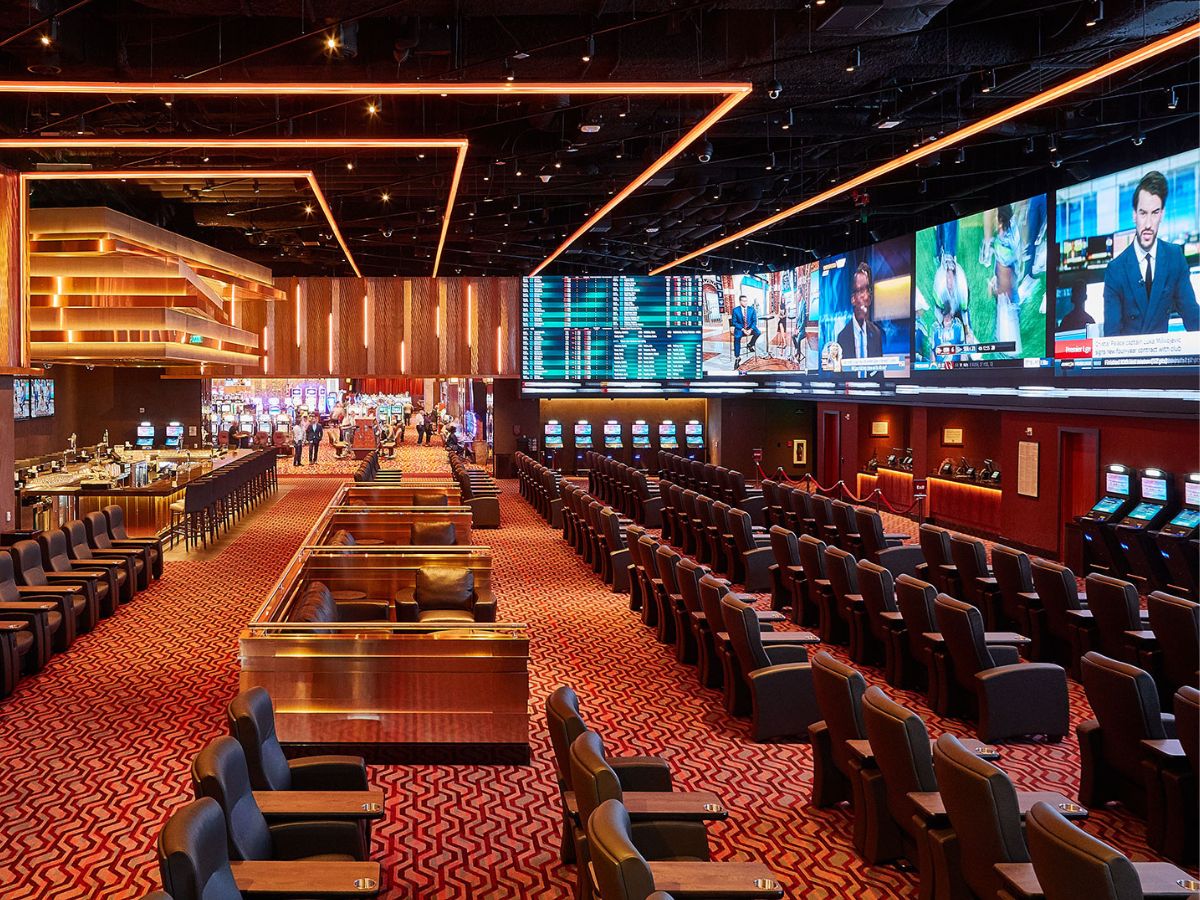
Within a vibrant and thrilling world of gaming establishments, where fortune and tactics intertwine, hues and aesthetic play a critical role in drawing in players. As soon as visitors step inside a casino or access a gaming platform, they are enveloped in a visual feast that captures their attention and entices them to explore further. Bright colors, captivating graphics, and innovative layouts are carefully crafted to create an environment of excitement and anticipation, ultimately improving the gaming encounter.
As players navigate through the ever-changing landscape of casino games, they come across a variety of designs that not only serve aesthetic purposes but also influence feelings and choices. Colors like red and yellow symbolize wealth and luck, while calm navy and greens can create a much tranquil environment. Grasping how these elements function together enables casinos to create an welcoming and energizing atmosphere that encourages players to interact with the games, invest more time at the tables, and increase their general enjoyment.
The Science of Color in Gaming Establishments
Color plays a crucial role in the creation of casino games, influencing player emotions and actions. Vivid and striking hues, such as crimson and amber, are often used to incite enthusiasm and attract notice. These shades create a feeling urgency and vitality, encouraging gamblers to participate more enthusiastically with the activity. By intentionally selecting colors, creators aim to evoke feelings of joy and excitement, which can enhance the total gaming experience.
Distinct shades also have psychological associations that can affect how participants perceive their possibilities of success. For case, lime is often associated with luck and abundance, making it a popular choice in games like roulette and poker tables. This link can cause players to feel more positive and confident in their gaming, ultimately motivating them to stake more. King88 Grasping these associations allows game creators to create environments that enhance player happiness and retention.
In addition, the design of gambling game interfaces often uses gradients and opposing shades to instruct players’ actions. For instance, winning results may be highlighted with striking, opposing colors, creating a visual reward. This method reinforces positive outcomes and promotes repeated engagement. By exploiting the science of color, gaming venues can create games that not only captivate gamblers but also keep them engaged and dedicated in their gaming experience.
Design Elements that Engage Players
The aesthetic appeal of gambling games is largely influenced by the implementation of vibrant colors. Lively and contrasting colors are deliberately chosen to create an inviting atmosphere that grabs interest. For example, reds and golds often signify luck and wealth, which is why they are common in the color schemes of slot machines and table surfaces. These colors not only draw players in, but they also stir emotions related to excitement and anticipation, enhancing the total gaming experience.
In parallel to color, the aesthetic and layout of gambling games play a significant role in player attraction. Games are designed to be user-friendly, ensuring that players can quickly understand the guidelines and gameplay. User-friendly interfaces, along with engaging graphics and motion, help maintain player interest and encourage extended play sessions. The tactile elements, such as the texture of the buttons and the sounds of the games, also contribute to a holistic sensory experience that keeps players engaged.
In conclusion, thematic elements in gaming design can greatly influence player choice. Many casino games are inspired by popular culture, myths, or exploration motifs, incorporating symbols and characters that resonate with players. These themes create a sense of immersion and relatability, making each game feel unique. When players feel a bond to the concept, they are more likely to choose that game over others, leading to higher participation and enthusiasm within the casino environment.
Case Studies: Effective Gambling Table Game Designs
One noteworthy example of impressive gambling game design is the acclaimed slot machine series themed around popular movies. Games such as those based on the Wizard of Oz and Game of Thrones utilize bright colors and high-quality graphics to immerse players in recognizable narratives. The use of dynamic visuals and captivating sound effects takes the interest of players, creating an psychological connection to the theme. King 88 This strategy merely fosters longer play but also enhances the overall gaming experience, leading to increased player retention.
Another effective case is the use of color in table games like blackjack and roulette. Casinos often create these games with rich reds and greens, colors traditionally linked with luck and wealth. For instance, the emerald felt on a blackjack table provides a relaxing effect, while the crimson accents in the wheel invite thrill. This deliberate use of color helps to foster an inviting atmosphere that stimulates players to engage, addressing their psychological impulses and boosting their enjoyment.
Finally, social casino games that feature community features and bright, dynamic designs have experienced remarkable success in engaging players. Games like Zynga Poker and Slotomania leverage striking colors and playful animations to establish an inviting online environment. The inclusion of leaderboards, community sharing options, and in-game rewards encourages competition and community, attracting players in for longer sessions. Such designs merely make the games visually attractive but also emphasize social interaction, a vital factor in player retention and engagement within online casino environments.